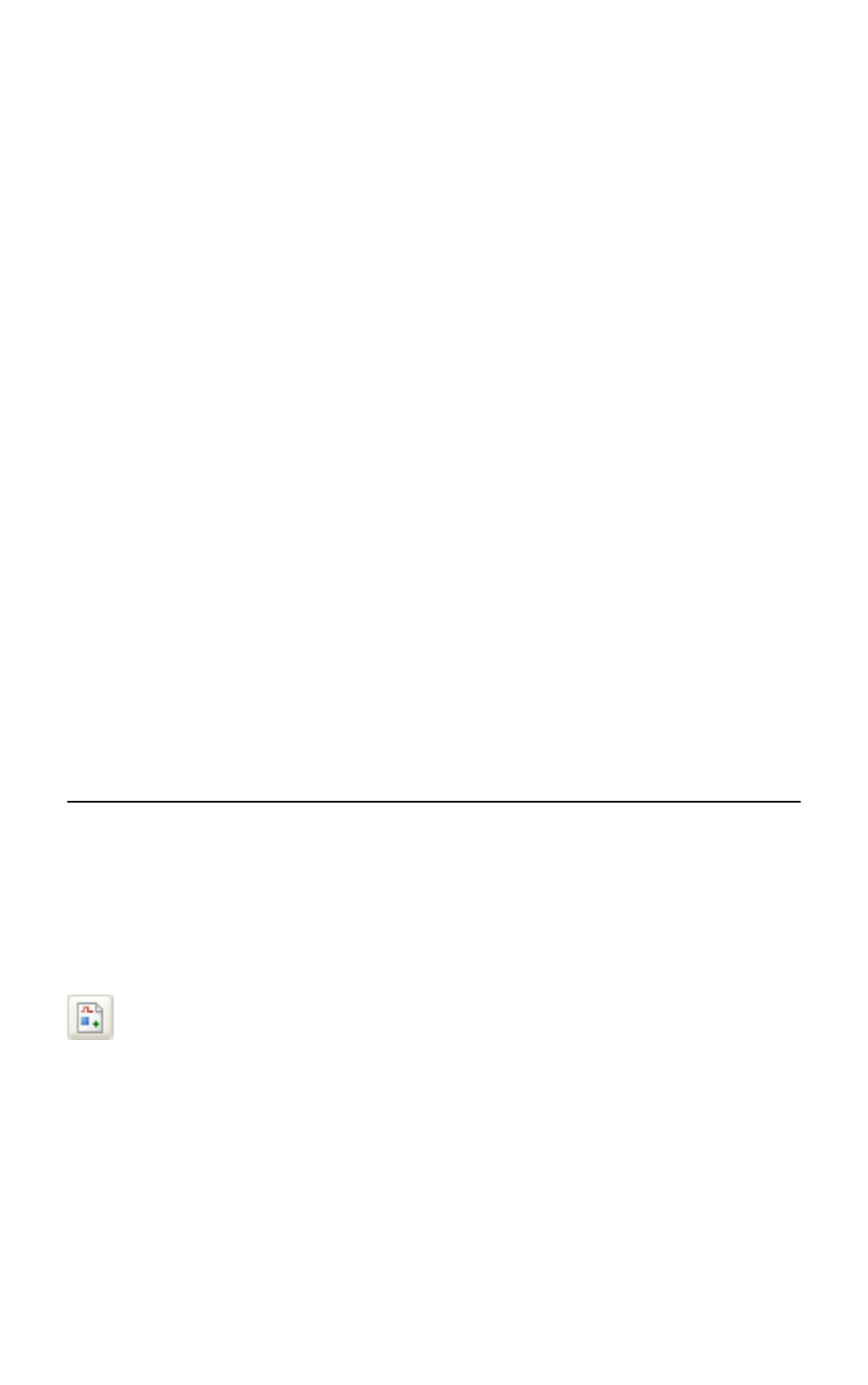Slider, Coded switch, Creating layouts – Measurement Computing DASYLab User Manual User Manual
Page 39: Slider -10 coded switch -10, Creating layouts -10

Chapter 3
Visualizing Measurements
3-10
|
dasylab.com
Slider
Use the slider to generate varying signals manually with a Scroll bar, a
Slider or a Rotary switch during a measurement. The value range specifies
the smallest and the greatest value and the resolution specifies the intervals
between the individual values. If you enable several data channels in the
module, you can create several varying sliders side by side or on top of each
other. However, you can use only one slider type in a module. Move the
slider with the mouse to the value that the manual slider outputs. Use the
slider to change the settings of other modules during a measurement, for
example, the amplitude of the generator.
Coded Switch
Use the coded switch to manually output one of several values previously
entered during a measurement. Turn the Rotary switch stepwise to the value,
and DASYLab outputs this value as soon as you release the rotary switch. If
you use the Button switch, click the respective button and for the List box
select the value from a list. You can create four coded switches side by side
or on top of each other. However, you can only use one switch type in a
module. Use the coded switch, for example, to control an actuator with up to
16 positions. You specify the positions in the coded switch and can then
accurately approach each position.
Creating Layouts
Create layouts to visualize and to document your measurements. In a layout
you combine display windows with text and graphics to design visualization
screens. You can create multiple customized layouts for visualization and
documentation. You use actions driven by events to exchange the layout
displayed on the screen or to print out measurement reports.
To create a layout, click Layout on the function bar. DASYLab creates
a new layout in the layout window if you have not yet created a layout.
In the layout window you work with an additional toolbar to place layout
elements in the workspace. Layout elements are graphic links to display
windows and input instruments, texts, logos, frames, and lines. To edit
sections of the layout in more detail, right-click and select Zoom from the
context menu.